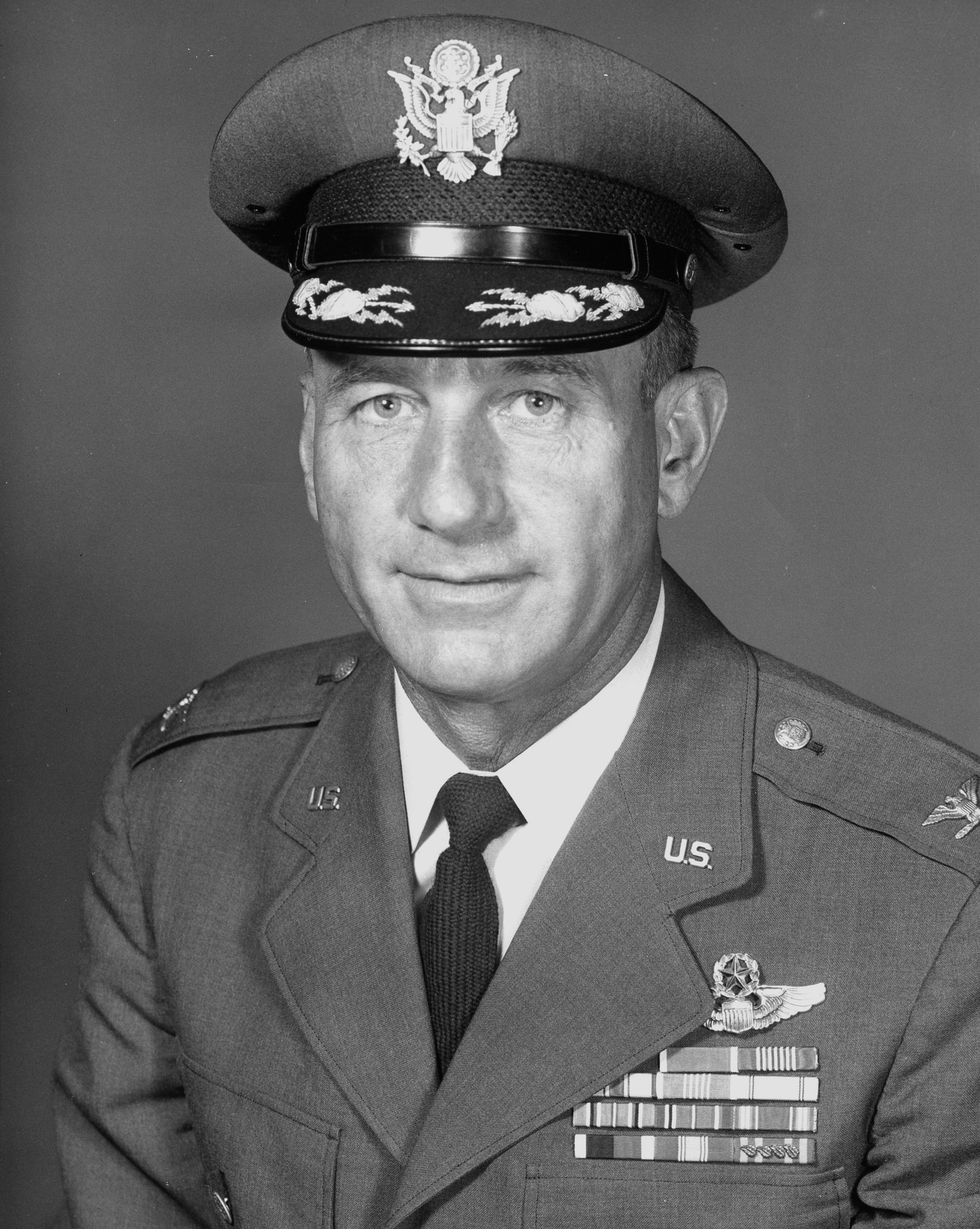Ever since the mid-1950s, generations of children in North America (and, since the advent of the Internet, children from all over the world) have eagerly turned to an annual service provided by the U.S.-Canada North American Aerospace Defense Command (NORAD) to help them track the progress of Santa Claus every Christmas Eve as he departs the North Pole and traverses the globe in his reindeer-driven sleigh, delivering presents to good little boys and girls around the world.
![]()
Back in 1955, NORAD’s predecessor, the Continental Air Defense Command (CONAD) was based in Colorado Springs, Colorado. At Christmastime of that year, a Sears department store advertisement placed in a Colorado Springs newspaper featured a picture of Santa urging children to “Call me on my private phone and I will talk to you personally any time day or night.” Unfortunately, the phone number included in the ad was either misprinted or misdialed, and a child who called ended up not on the phone with St. Nick but rather with one Colonel Harry Shoup, the officer on duty that day at CONAD. The story of the accidental origins of NORAD’s Santa-tracking program has been told and re-told many times over the decades. Here’s how Col. Shoup’s daughter related it back in 2009:
One morning that December, U.S. Air Force Col. Harry Shoup, the director of operations at CONAD, the Continental Air Defense Command — NORAD’s predecessor — got a phone call at his Colorado Springs, Colo., office. This was no laughing matter. The call had come in on one of the top secret lines inside CONAD that only rang in the case of a crisis.
Grabbing the phone, Shoup must have expected the worst. Instead, a tiny voice asked, “Is this Santa Claus?”
“Dad’s pretty annoyed,” said Terri Van Keuren, Shoup’s daughter, recalling the legend of that day in 1955. “He barks into the phone,” demanding to know who’s calling.
“The little voice is now crying,” Van Keuren continued. “‘Is this one of Santa’s elves, then?’” “And Dad realized that it wasn’t a joke,” her sister says. “So he talked to him, ho-ho-ho’d and asked if he had been a good boy and, ‘May I talk to your mother?’ And the mother got on and said, ‘You haven’t seen the paper yet? There’s a phone number to call Santa. It’s in the Sears ad.’ Dad looked it up, and there it was, his red phone number.
The Santa questions were only beginning. That day, the local newspaper had run a Sears Roebuck ad with a big picture of St. Nick and text that urged, “Hey, Kiddies! Call me direct … Call me on my private phone and I will talk to you personally any time day or night.”
But the phone number in the ad was off by a digit. Instead of connecting with Santa, callers were dialing in on the line that would ring if the Russians were attacking. Before long, the phone was ringing off the hook, and, softening up, Shoup grabbed a nearby airman and told him to answer the calls and, Van Keuren said, “‘just pretend you’re Santa.’” Indeed, rather than having the newspaper pull the Sears ad, Shoup decided to offer the countless kids calling in something useful: information about Santa’s progress from the North Pole. To quote the official NORAD Santa site, “a tradition was born.”
From that point on, first CONAD and then, in 1958, when NORAD was formed, Shoup’s organization offered annual Santa tracking as a service to the global community. A phone number was publicized and anyone was invited to call up, especially on December 24, and find out where Santa was. Manning those phones over the years have been countless numbers of Army, Navy, Air Force and Marine Corps personnel and their families, and for many people, turning to NORAD to find out where Santa is became something to look forward to each year.









